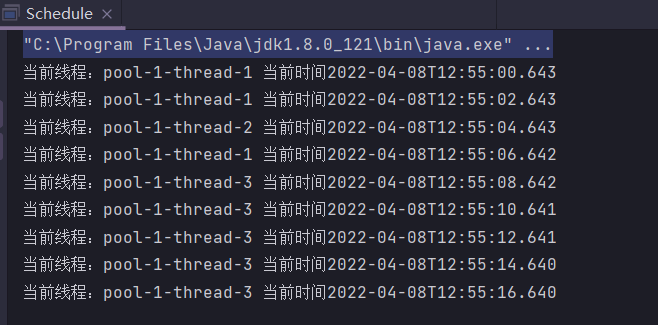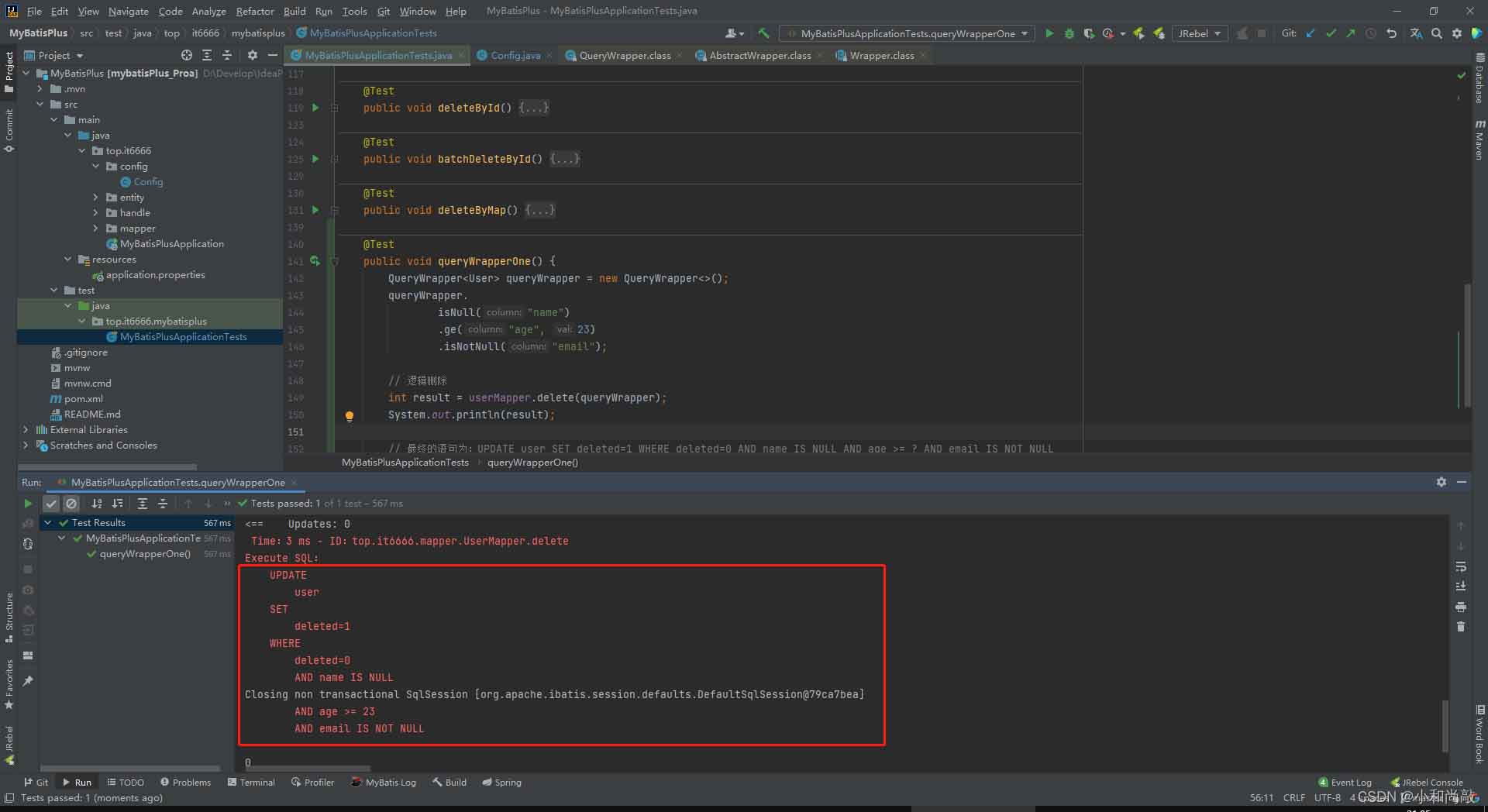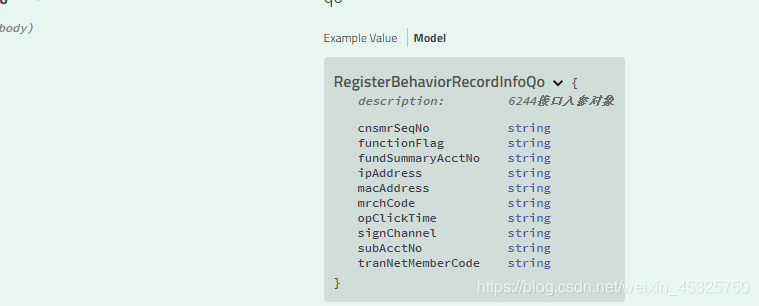双向链表也叫双链表,是链表的一种,它的每个数据结点中都有两个指针,分别指向直接后继和直接前驱。本文将用Java语言实现双链表,需要的可以参考一下
一、双向链表是什么
双向链表也叫双链表,是链表的一种,它的每个数据结点中都有两个指针,分别指向直接后继和直接前驱。所以,从双向链表中的任意一个结点开始,都可以很方便地访问它的前驱结点和后继结点。一般我们都构造双向循环链表。
LinkedList底层就是一个双向链表,我们来实现一个双向链表。
这里多一个尾指针,方便我们对尾插操作从O(n)降到O(1).每个结点多了前驱结点,方便我们对链表进行操作。
二、具体方法实现
定义结点
class ListNode {
int value;
ListNode next;
ListNode prev;
public ListNode(int value) {
this.value = value;
}
}
下标访问异常
public class IndexWrongException extends RuntimeException{
public IndexWrongException() {
}
public IndexWrongException(String message) {
super(message);
}
}
获取链表长度
class ListNode {
int value;
ListNode next;
ListNode prev;
public ListNode(int value) {
this.value = value;
}
}
打印链表
class ListNode {
int value;
ListNode next;
ListNode prev;
public ListNode(int value) {
this.value = value;
}
}
清空链表
public void clear(){
if(this.head == null) {
return;
}
ListNode cur = this.head;
while(cur != null) {
ListNode curNext = cur.next;
cur.prev = null;
cur.next = null;
cur = curNext;
}
head = null;
tail = null;
}
头插法
public void addFirst(int data){
ListNode node = new ListNode(data);
if(head == null) {
this.head = node;
this.tail = node;
return;
}
node.next = this.head;
this.head.prev = node;
this.head = node;
}
尾插法
public void addLast(int data){
ListNode node = new ListNode(data);
if(head == null) {
this.head = node;
this.tail = node;
return;
}
tail.next = node;
node.prev = tail;
tail = node;
}
指定位置插入
public void addIndex(int index,int data) throws IndexWrongException{
if(index < 0 || index > size()) {
throw new IndexWrongException("输入下标不合法");
}
ListNode node = new ListNode(data);
if(index == 0) {
addFirst(data);
return;
}
if(index == size()) {
addLast(data);
return;
}
ListNode cur = this.head;
while(index != 0) {
cur = cur.next;
index--;
}
node.next = cur;
cur.prev.next = node;
node.prev = cur.prev;
cur.prev = node;
}查找元素
public boolean contains(int key){
if(head == null) {
return false;
}
ListNode cur = this.head;
while(cur != null) {
if(cur.value == key) {
return true;
}
cur = cur.next;
}
return false;
}
删除第一次出现的关键字
public void remove(int key){
ListNode cur = head;
while(cur != head) {
if(cur.value == key) {
if(cur == head) {
head = head.next;
if(head.next != null) {
head.prev = null;
}else {
tail = null;
}
}else {
cur.prev.next = cur.next;
if(cur.next != null) {
cur.next.prev = cur.prev;
}else {
tail = cur.prev;
tail.next = null;
}
}
return;
}
cur = cur.next;
}
}删除所有值为key的节点
public void removeAllKey(int key){
ListNode cur = head;
while(cur != head) {
if(cur.value == key) {
if(cur == head) {
head = head.next;
if(head.next != null) {
head.prev = null;
}else {
tail = null;
}
}else {
cur.prev.next = cur.next;
if(cur.next != null) {
cur.next.prev = cur.prev;
}else {
tail = cur.prev;
tail.next = null;
}
}
}
cur = cur.next;
}
}三、完整代码
public class LinkedList {
static class ListNode {
int value;
ListNode next;
ListNode prev;
public ListNode(int value) {
this.value = value;
}
}
ListNode head;
ListNode tail;
//头插法
public void addFirst(int data){
ListNode node = new ListNode(data);
if(head == null) {
this.head = node;
this.tail = node;
return;
}
node.next = this.head;
this.head.prev = node;
this.head = node;
}
//尾插法
public void addLast(int data){
ListNode node = new ListNode(data);
if(head == null) {
this.head = node;
this.tail = node;
return;
}
tail.next = node;
node.prev = tail;
tail = node;
}
//任意位置插入,第一个数据节点为0号下标
public void addIndex(int index,int data) throws IndexWrongException{
if(index < 0 || index > size()) {
throw new IndexWrongException("输入下标不合法");
}
ListNode node = new ListNode(data);
if(index == 0) {
addFirst(data);
return;
}
if(index == size()) {
addLast(data);
return;
}
ListNode cur = this.head;
while(index != 0) {
cur = cur.next;
index--;
}
node.next = cur;
cur.prev.next = node;
node.prev = cur.prev;
cur.prev = node;
}
//查找是否包含关键字key是否在单链表当中
public boolean contains(int key){
if(head == null) {
return false;
}
ListNode cur = this.head;
while(cur != null) {
if(cur.value == key) {
return true;
}
cur = cur.next;
}
return false;
}
//删除第一次出现关键字为key的节点
public void remove(int key){
ListNode cur = head;
while(cur != head) {
if(cur.value == key) {
if(cur == head) {
head = head.next;
if(head.next != null) {
head.prev = null;
}else {
tail = null;
}
}else {
cur.prev.next = cur.next;
if(cur.next != null) {
cur.next.prev = cur.prev;
}else {
tail = cur.prev;
tail.next = null;
}
}
return;
}
cur = cur.next;
}
}
//删除所有值为key的节点
public void removeAllKey(int key){
ListNode cur = head;
while(cur != head) {
if(cur.value == key) {
if(cur == head) {
head = head.next;
if(head.next != null) {
head.prev = null;
}else {
tail = null;
}
}else {
cur.prev.next = cur.next;
if(cur.next != null) {
cur.next.prev = cur.prev;
}else {
tail = cur.prev;
tail.next = null;
}
}
}
cur = cur.next;
}
}
//得到单链表的长度
public int size(){
ListNode cur = head;
int count = 0;
while(cur != null) {
cur = cur.next;
count++;
}
return count;
}
public void display(){
ListNode cur = head;
while (cur != null) {
System.out.print(cur.value+" ");
cur = cur.next;
}
System.out.println();
}
public void clear(){
if(this.head == null) {
return;
}
ListNode cur = this.head;
while(cur != null) {
ListNode curNext = cur.next;
cur.prev = null;
cur.next = null;
cur = curNext;
}
head = null;
tail = null;
}
}
到此这篇关于Java实现双链表的示例代码的文章就介绍到这了,更多相关Java双链表内容请搜索编程学习网以前的文章希望大家以后多多支持编程学习网!
沃梦达教程
本文标题为:Java实现双链表的示例代码


猜你喜欢
- Java中的日期时间处理及格式化处理 2023-04-18
- 基于Java Agent的premain方式实现方法耗时监控问题 2023-06-17
- JSP 制作验证码的实例详解 2023-07-30
- Java实现顺序表的操作详解 2023-05-19
- 深入了解Spring的事务传播机制 2023-06-02
- SpringBoot使用thymeleaf实现一个前端表格方法详解 2023-06-06
- Spring Security权限想要细化到按钮实现示例 2023-03-07
- JSP页面间传值问题实例简析 2023-08-03
- Springboot整合minio实现文件服务的教程详解 2022-12-03
- ExecutorService Callable Future多线程返回结果原理解析 2023-06-01









